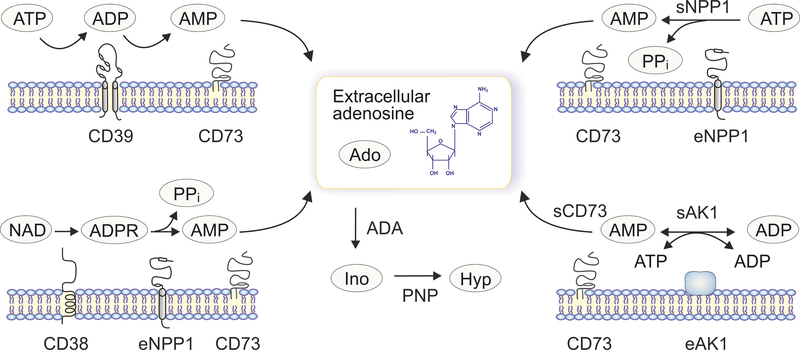Figure 3. Redundancy of ectoenzymatic pathways controlling extracellular adenosine.
Along with the “classical” ATP-inactivating/adenosine-producing chain mediated via stepwise CD39 and CD73 reactions (upper left), additional ectoenzymatic pathways can contribute to the generation of eADO. Those include the direct breakdown of ATP via AMP into adenosine through the NPP1-CD73 axis (upper right), adenylate kinase-1 (AK1) mediated transphosphorylation of ADP and subsequent hydrolysis of the generated AMP by CD73 (lower right), as well as an alternative adenosine-producing route from extracellular NAD via the CD38-NPP1-CD73 axis (lower left). Importantly, both soluble (“s”) and extracellular membrane-bound (“e”) enzymes can contribute to these adenosine-producing pathways. The extracellularly generated adenosine can be taken up by the cells or further converted into extracellular inosine (Ino) and hypoxanthine (Hyp) via sequential ADA and PNP reactions.

